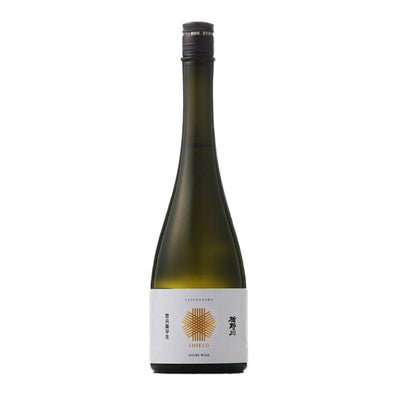The Three Great Toji of Japan: Learn About Tanba Toji and Try Its Sake
Tanba Toji
Tamba Toji is one of the three major Toji in Japan, along with Nanbu Toji (Iwate Prefecture) and Echigo Toji (Niigata Prefecture). Tanba Sasayama area is famous for its deep fog, with the phrase "Tanba Sasayama is deep in the mountains, but when the fog falls, it is at the bottom of the sea.
The history of Tamba Toji is very old, and in the book "Tamba Toji" published by the Tamba Toji Association, it is written that the first Tamba Toji appeared in 1755, in the middle of the Edo period. By the end of the Edo period (1603-1868), about 50 Toji were recorded. Tamba toji were originally farmers who traveled to the sake-brewing region of Nada to earn money during the off-season winter months. In the 300 years since, they created nearly all of Nada’s most famous sakes. In the Tanba Sasayama Dekanshobushi song (folk song that accompanies bon dances in the summer), the lyrics say “Who makes the famous sake of Nada? Tamba brew masters, the pride of Sasayama.” Around 4,100 Tamba toji are said to have been active across the nation at their peak, creating many different types of regional sake.
Sake is the product of 300 years of history, tradition and mastery. The exquisite taste, aroma and colour of the sake are brought out only by the top quality rice and water, together with the Tamba Toji who have been training sake brewers.


Kotsuzumi Junmai Ginjo Hana Fubuki
One of the famous breweries in Tanba Sasayama is Nishiyma Shuzojo, founded in 1849. Nishiyama is a classically modern brewery, respecting its history while forging ahead with new styles for the future. They are located deep in the heart of Hyogo, one of the great sake regions of the country, and blessed with the best conditions to grow premium sake rice, which they are able to do in the areas surrounding the brewery. They also limit production to remain sustainable and to maintain their resources and outstanding quality.
Kotsuzumi Junmai Ginjo Hanafubuki is a beautiful clear blue bottled sake, which goes well with delicate Japanese dishes such as sashimi, sushi, vinegar flavored dishes, etc. It is restrained and versatile sake that begins with a delicate light nose of melon rind and young green fruit, with light texture that creates a balanced and transcendent sake.
In Japanese, hana (花) means flower and fubuki (吹雪) means snow storm. So, hanafubuki literally means ‘flower snow storm’ – or more commonly, ‘cherry blossom blizzard’. It happens once a year when the sakura petals begin to fall. In the haiku world, "hanafubuki" is synonymous with spring, as the appearance of cherry blossoms falling in the form similar to snow is characteristic of the spring season.
















Leave a comment